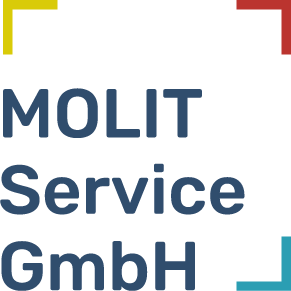HL7 FHIR®
What is FHIR?
FHIR® (Fast Healthcare Interoperability Resources) is an internationally recognized standard for the electronic exchange of healthcare data. Developed by HL7, FHIR combines modern web technologies (such as REST, JSON, and XML) with a modular data model known as “resources.” This enables structured, standardized, and machine-readable communication in the healthcare sector.
Why Do We Use FHIR?
FHIR serves as the core technological foundation of all our software solutions. The standard provides a consistent, secure, and future-proof basis for exchanging medical information – whether in clinical applications, patient portals, or backend systems. By using FHIR, we ensure seamless interoperability and smooth collaboration across the healthcare ecosystem.
FHIR is deeply integrated into the architecture of every product we build. This offers clear advantages for our customers, partners, and internal teams:
- Seamless communication across systems – both internal and external
- Accelerated development through reusable, standardized data models
- Scalability across various application domains
- Improved data quality and transparency through clearly defined structures and validation rules
- Future readiness thanks to global support and ongoing development of the standard
How Do We Use FHIR?
We follow the FHIR specification in our implementation process. All resources containing medical data are compliant to the FHIR specification. We also use terminology bindings based on the FHIR specification.
Within our product we use the HAPI FHIR server as our main node to store data. We also use hapi libraries such as the hapi-fhir-client in our backend to ensure the communication is FHIR compliant.
Where Do We Use FHIR?
FHIR is the technological backbone of all our solutions, without exception. Examples include:
FHIR® is the registered trademark of HL7 and is used with the permission of HL7. Use of the FHIR trademark does not constitute endorsement of the contents of this product by HL7.
